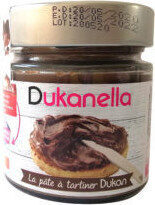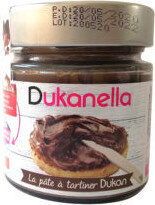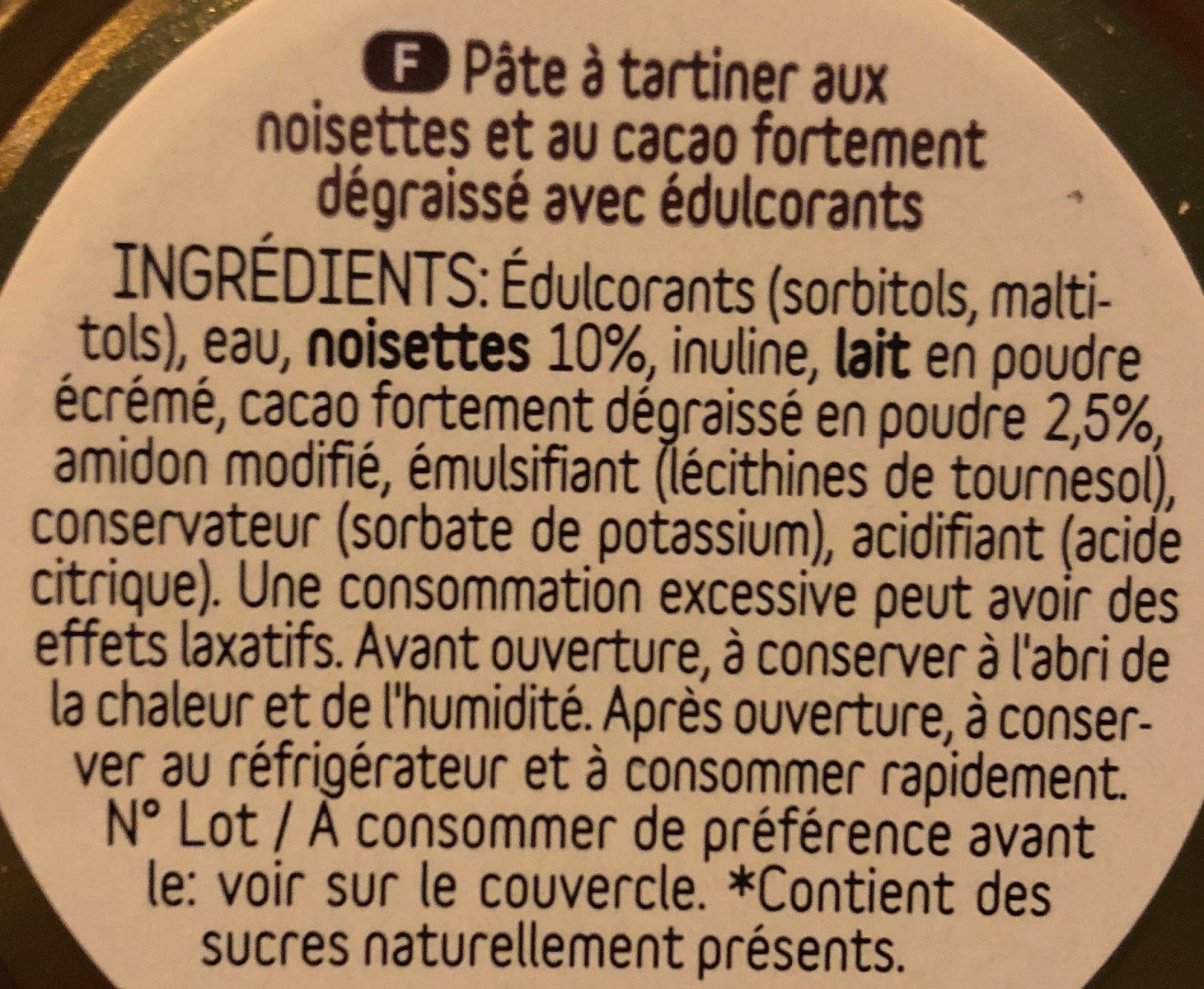Dukanella - Dukan
Aquesta pàgina del producte no està completa. Podeu ajudar a completar-la editant-la i afegint-hi més dades a partir de les fotos ja disponibles, o fent-ne més amb l'aplicació de androide o iPhone / iPad. Gràcies!
×
Codi de barres: 3760151011412 (EAN / EAN-13)
Marques: Dukan
Categories: Esmorzars, Productes per untar, Productes dolços per untar, fr:Pâtes à tartiner, Crema d'avellanes, Xocolata per untar, en:Cocoa and hazelnuts spreads
Etiquetes, certificacions, premis:
Punt verd, Sense sucre afegit, Comptador Nutricional, Grau A Nutriscore
Països on es va vendre: França, Espanya, fr:Francia
Matching with your preferences
Entorn
Petjada de carboni
Empaquetament
Transport
Report a problem
Fonts de dades
Producte afegit per kiliweb
Última modificació de la pàgina del producte per quentinbrd.
La pàgina del producte, també editada per musarana, openfoodfacts-contributors, roboto-app, samisiere, scanbot, teolemon, yuka.A6saDdKvMOp_EMKP-INo5Ge4LdzNAM1wN0Iyog, yuka.U0x0WUlhZ2xpZDlVbDhWajF4S0p3bzEyL3FTRVhsR2VCTll1SVE9PQ, yuka.VGFVWU9iZ2ZuOEU2cTlnNXBneUx3dWh2bjUyVlZrYVNMdWtJSVE9PQ, yuka.ZVlSY0tZZ1FpZHRTd2NGbG9DM1F4TXRjbjhPZ2MxdUdLK2xBSUE9PQ, yuka.sY2b0xO6T85zoF3NwEKvlhAfY9nTiRHoMy3UgX2W3datIrPDfY5q243gH6o, yuka.sY2b0xO6T85zoF3NwEKvlkJ8TOjvgjjobRPtwGGI1NSvdJ3SQPFQyJLLKas, yuka.sY2b0xO6T85zoF3NwEKvlkhLadOFiWnEMkDmkhCpwIiWLLXTRIpU_9j9NKg, yuka.sY2b0xO6T85zoF3NwEKvll1ZaNHHr2P8bBj6q2Kpz9HVCMzJavcj-JnnPKg, yuka.sY2b0xO6T85zoF3NwEKvlld6XoXsnxb8KQDhhVOP_umDPIHDQ-tSw4PbOqs.











